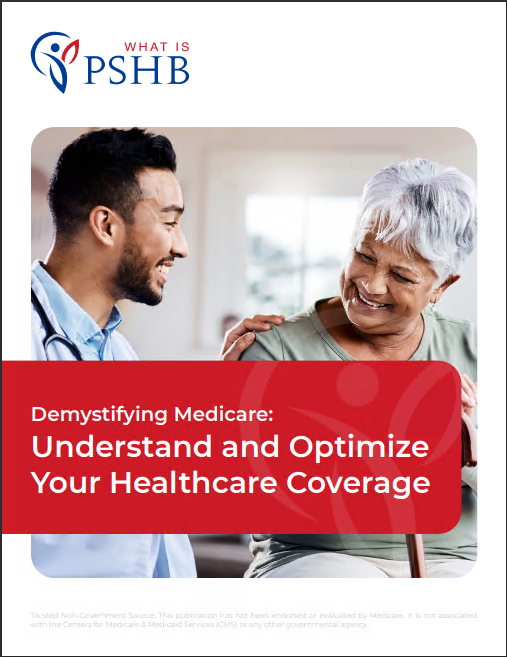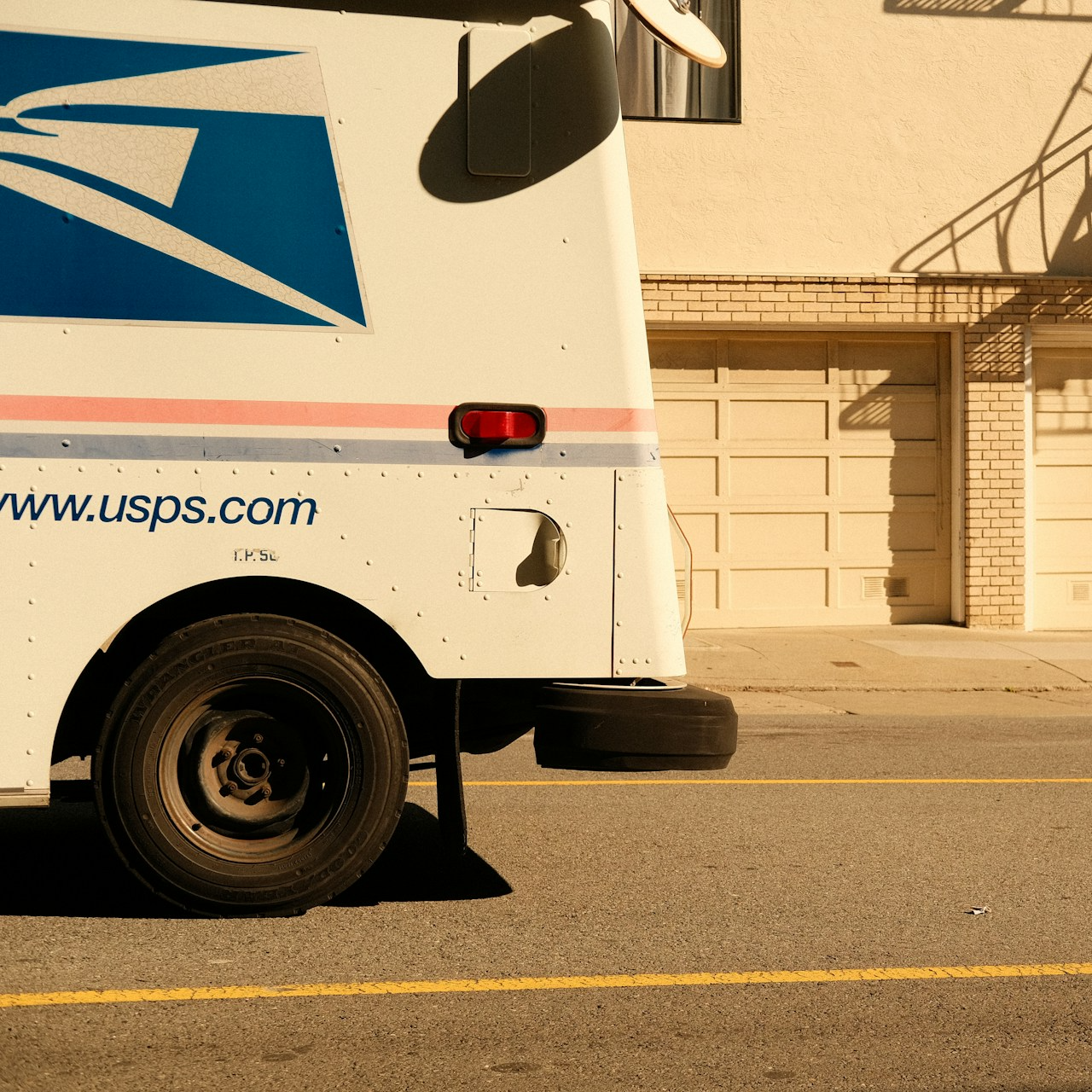Key Takeaways:
- The transition to Postal Service Health Benefits (PSHB) starts January 1, 2025, with the Open Season for selection running from November 11 to December 9, 2024.
- USPS employees and retirees will need to review their plans, and OPM provides tools to simplify choosing the right coverage.
Understanding the Move to PSHB
The Postal Service Health Benefits (PSHB) program is right around the corner, launching officially on January 1, 2025. This change, guided by the Postal Service Reform Act of 2022, will affect how USPS employees and retirees manage their healthcare coverage. If you’re currently enrolled in the Federal Employees Health Benefits (FEHB) program, you will automatically be transferred to the PSHB program at the beginning of 2025.
While the shift may seem overwhelming, you have plenty of resources and support to make it as smooth as possible. During the Open Season, from November 11 to December 9, 2024, USPS employees and retirees will have the chance to review their PSHB and FEDVIP (Federal Employees Dental and Vision Insurance Program) options and make adjustments if needed.
Let’s dive into what USPS and the Office of Personnel Management (OPM) are doing to ensure you have all the help you need during this transition.
Why the Change to PSHB?
The shift to the PSHB program is part of a larger push to streamline and improve the healthcare benefits offered to USPS employees and retirees. The Postal Service Reform Act of 2022 aimed to create a more tailored benefits system specifically for the Postal Service, reducing costs for both the USPS and its employees while maintaining comprehensive healthcare coverage.
The goal is to simplify health coverage and align it better with Medicare once you’re eligible, ensuring a smooth experience throughout retirement. But don’t worry—the transition doesn’t mean you’ll lose out on the health coverage you’re used to. In fact, much of the coverage mirrors what FEHB already offers, with extra benefits for those enrolled in Medicare.
How Does the Transition Affect You?
1. Automatic Enrollment
If you’re already part of the FEHB program, you won’t need to do much to make the switch to PSHB. You’ll be automatically transitioned to a plan similar to your current one. However, it’s still important to review your new PSHB options during the Open Season to make sure your plan continues to meet your needs, especially if your healthcare requirements have changed.
2. Opportunity to Compare Plans
Even though the transition is automatic, Open Season gives you a chance to compare your new PSHB plan to others and switch if you find a better fit. OPM will provide a handy plan comparison tool, which can help you break down the specifics of each plan. Whether you’re comparing premiums, out-of-pocket costs, or special benefits, this tool will make your decision much easier.
3. Coverage Remains Comprehensive
Worried about losing coverage? Don’t be. The PSHB program is designed to provide benefits that are similar to what you had under FEHB. This includes access to medical services, prescription drugs, and more. The real difference is that this system is optimized specifically for USPS employees, which can mean better service and coverage options that are unique to postal workers.
Don’t Forget About Dental and Vision
While the transition to PSHB might seem like a lot of change, one thing that stays the same is your dental and vision coverage through the Federal Employees Dental and Vision Insurance Program (FEDVIP). Whether you’re currently enrolled in FEDVIP or planning to join during Open Season, your dental and vision benefits will continue unaffected by the shift to PSHB.
That means if you’ve been happy with your current plan—whether it’s for dental cleanings, eye exams, or prescription glasses—you don’t need to worry about any disruptions. You’ll also be able to adjust or choose new FEDVIP plans during the Open Season, so there’s no need to miss out on fine-tuning your benefits.
Premiums and Costs to Expect in 2025
When it comes to the cost of health coverage, knowing what to expect helps ease any anxiety about the transition. Here’s a general breakdown of what you can expect for PSHB premiums in 2025. Keep in mind, these are average costs, and actual premiums will depend on the specific plan you choose:
- Self-Only Coverage: Around $397.35 biweekly, with an employee contribution of about $111.26.
- Self Plus One Coverage: Around $858.89 biweekly, with an employee contribution of about $240.49.
- Self and Family Coverage: Around $934.65 biweekly, with an employee contribution of about $261.70.
As for dental and vision coverage under FEDVIP, premiums for dental plans will increase by an average of 2.97%, and vision premiums will rise by around 0.87% in 2025. These changes reflect the rising costs of healthcare but remain relatively modest increases.
Medicare Part B and PSHB Integration
Medicare Part B plays a key role in the PSHB program, especially for retirees. If you retire after January 1, 2025, and you’re eligible for Medicare, you’ll be required to enroll in Medicare Part B to keep your PSHB plan. For those who retired on or before that date, there’s no requirement to enroll in Medicare Part B unless you choose to do so.
There are plenty of perks to combining Medicare Part B with your PSHB plan. Many PSHB plans offer cost-saving features for those enrolled in Medicare, like reimbursement for Medicare Part B premiums or waived deductibles, which can lower your overall out-of-pocket costs. This integration is designed to reduce the financial burden that healthcare expenses can place on retirees.
What OPM Is Offering to Help
The OPM has set up several resources to make sure USPS employees and retirees are prepared for this transition. The Plan Comparison Tool is your go-to resource during Open Season. It will help you review plan options, compare coverage details, and select the best plan for you and your family. OPM also offers guidance on how the integration with Medicare will work, which will be especially helpful for retirees nearing Medicare eligibility.
In addition to that, OPM will be sending out detailed communication and reminders about the PSHB Open Season, so be sure to keep an eye out for those. The communications will include key information on plan changes, coverage details, and instructions on how to review and modify your plans during Open Season.
Preparing for Open Season: November 11 – December 9, 2024
Don’t let the dates sneak up on you! Mark your calendar now for November 11 through December 9, 2024, because that’s when you’ll have your chance to review your new PSHB coverage and make any necessary changes. Whether you want to explore new plans or simply confirm that the one you’re being automatically enrolled in meets your needs, this is your time to take action.
Support Is Available Throughout the Process
If at any point you’re feeling lost or uncertain about what steps to take, remember that support is available. Both USPS and OPM are committed to helping you through this transition. Customer service lines will be open to answer questions, and OPM will have online resources readily available for you to consult at any time.
Additionally, if you’re approaching Medicare eligibility, it’s worth checking out the educational materials OPM offers on how PSHB will coordinate with Medicare. Understanding this coordination can make a significant difference in reducing healthcare costs later on.
Simplifying the Transition to PSHB
While any change to healthcare can feel daunting, the resources being offered by USPS and OPM are designed to keep the process as smooth as possible. Between automatic enrollment, the comparison tools provided during Open Season, and continued access to FEDVIP for dental and vision care, you’re in good hands. Make sure to take full advantage of Open Season to review your plan options and prepare for a seamless shift to PSHB coverage.







